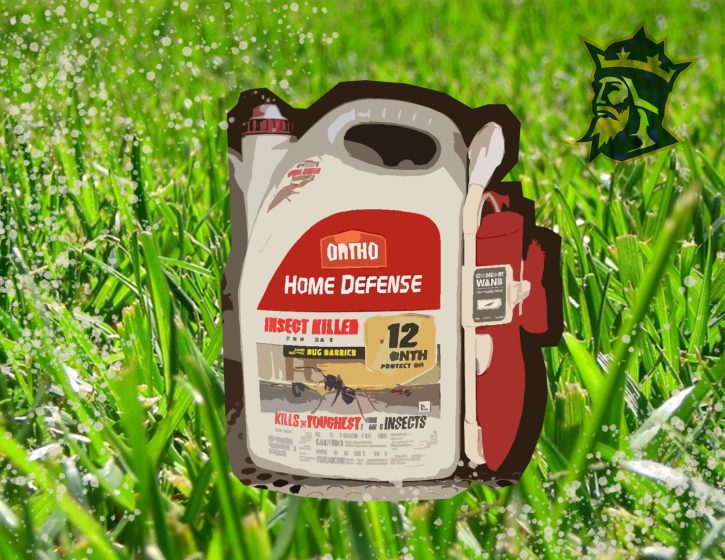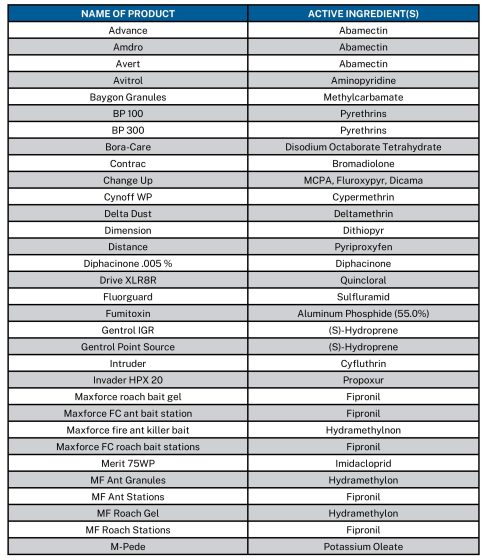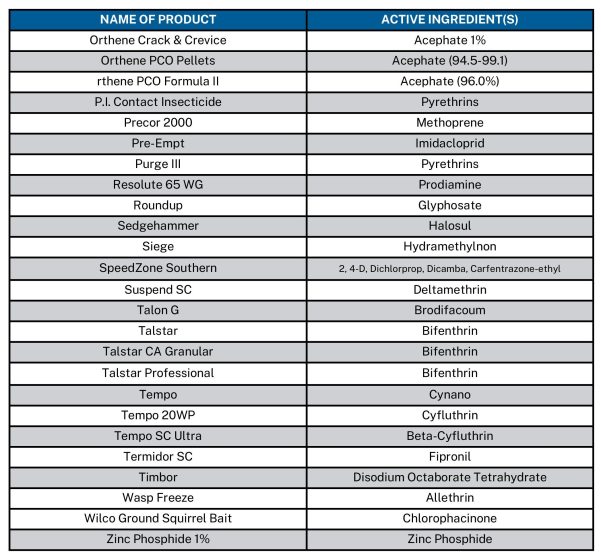
By Kevin Sears
Walking into school, students’ biggest concern should be Friday’s project or tomorrow’s test, not rodents invading their classrooms. Ranging from weeds and fungi to insects and cockroaches, how do schools ensure a safe pest-free environment for students?
Before treating a pest infestation, schools can ensure student safety by proactively preventing pests from reaching the school in the first place. As described by the California Healthy Schools Act (HSA) enacted in 2000, schools are tasked with securing vents, fitting door sweepers, and cleaning and conducting regular inspections of storage areas. Moreover, some schools trim surrounding trees to dissuade curious animals like raccoons or squirrels from accessing rooftops or jumping a fence.
Given the numerous trash cans scattered across campus, animals are expected to venture onto school grounds looking for food; therefore, Fountain Valley High School (FVHS) works diligently to empty trash cans and keep food out of sight daily. FVHS regularly follows the HSA guidelines to clean, sanitize and disinfect appliances with antimicrobial pesticides, which the HSA defines as disinfectants or sanitizers. The frequency of pesticide use depends on its purpose and application.
“Teachers and school site staff use disinfecting agents to clean classroom surfaces, restrooms and kitchen areas to reduce the spread of germs,” Huntington Beach Union High School District (HBUHSD) Director of Maintenance, Operations and Transportation Mark Hansberger said.
Mice and rodents pose a particularly significant threat to school environments, as they gnaw through electrical lines, leave behind feces and urine that may trigger asthma attacks, contaminate food and expose students to dangerous pathogens and diseases. FVHS has grappled with a persistent rat infestation in the past. Among the many prevalent rat species in California, the Norway and roof rats are especially common. The Norway rat tends to burrow into ground floors while the roof rat navigates into false ceilings, such as the ones found in classrooms.
To address a rat infestation, schools may employ snap or glue traps strategically placed out of students’ reach; nonetheless, hesitation may arise due to concerns about the potential impact on students who may be frightened by the sight of a live or deceased rodent caught in a trap. In the past, FVHS has utilized boxed poison traps along the history halls, bowl, gym and 100s halls to deal with the rat problem.
California enacted the HSA to promote transparency regarding the use of pesticides or herbicides on school premises and to establish guidelines for implementing “effective, low-risk pest management practices.” According to Hansberger, based on this legislation, HBUHSD can use any pesticide from a list of 57 approved pesticides on school campuses with a mandatory 72-hour notice before application.
Additionally, schools must display signs detailing the type of pesticide used and warn students from coming into contact with treated areas.


At each HBUHSD school, an integrated pest management (IPM) coordinator oversees the treatment and prevention of pests along with the application of pesticides or herbicides on campus. According to Hansberger, the IPM coordinator may hire field maintenance contractors to treat the fields for weeds and turf disease, while mold will be treated with disinfecting agents by renovation and abatement contractors.
In alignment with the HSA guidelines, the FVHS Ecology Club’s efforts to apply mulch to gardens, replace ornamental plants with native species and pull out weeds before they could spread have been a friendly alternative to herbicide use on campus.
“Pesticides and herbicides are used to control invasive or destructive microbes. Plants, insects and animals … The pesticides approved in California are deemed to be the least toxic required for the purpose intended,” Hansberger said.





